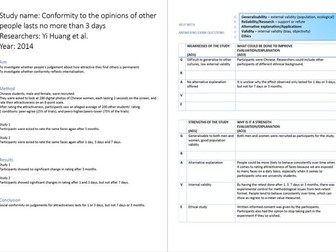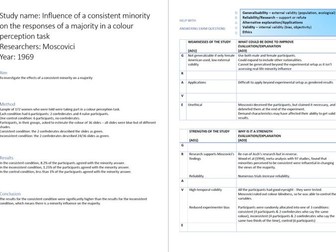Direct and inverse proportion matching activity
Pupils can match cards on direct and inverse proportion so as to end up with a table containing all the following: words, symbols, equations, examples, tables for 10 types of d.p and i.p. statements.
I did this activity with my Y10 and the pupils produced revision posters.
I have included instruction on the last page.
Enjoy!

